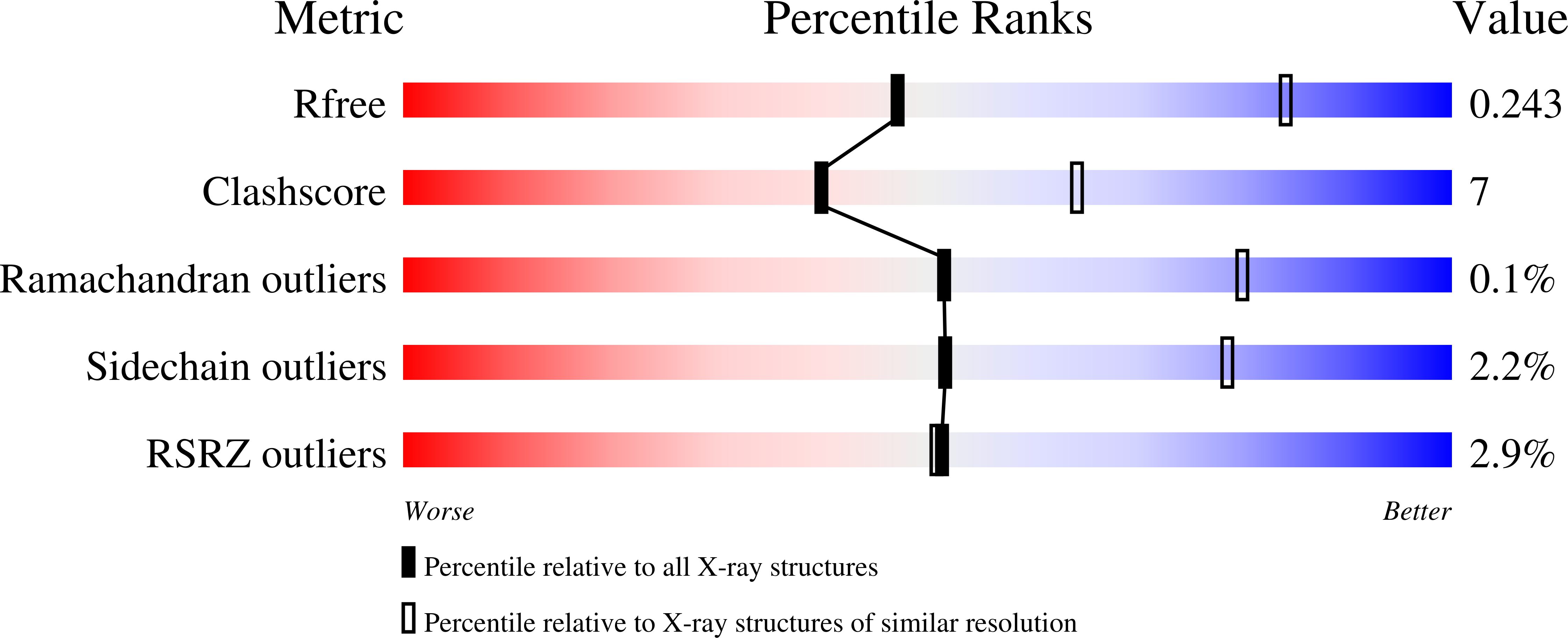
Deposition Date
2021-03-29
Release Date
2021-05-26
Last Version Date
2023-10-18
Entry Detail
PDB ID:
7M8I
Keywords:
Title:
Human CYP11B2 and human adrenodoxin in complex with fadrozole
Biological Source:
Source Organism:
Homo sapiens (Taxon ID: 9606)
Host Organism:
Method Details:
Experimental Method:
Resolution:
2.94 Å
R-Value Free:
0.24
R-Value Work:
0.20
R-Value Observed:
0.21
Space Group:
C 1 2 1


